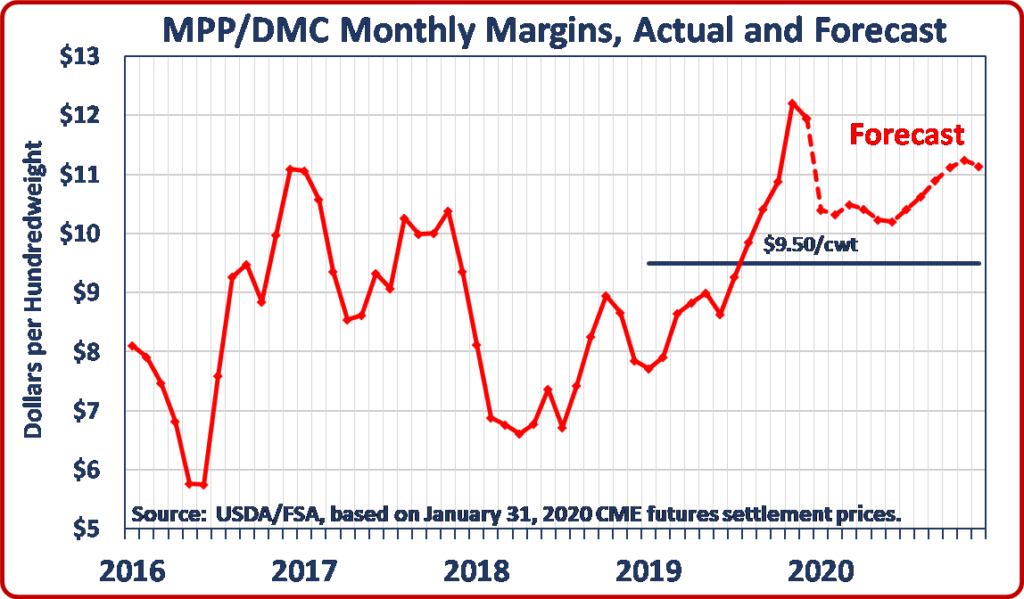While success is never guaranteed, we at NMPF see we’re gaining critical momentum needed to make 2020 a breakthrough year in the long-running fight against dairy imitators who misuse dairy terms on their products.
On Wednesday, Jan. 29, a House Energy and Commerce subcommittee included the DAIRY PRIDE Act on its list of key pieces of legislation related to the U.S. Food and Drug Administration for this year. Our executive vice president, Tom Balmer, urged immediate congressional action against proliferating products that claim dairy’s identity but have no dairy in them and offer wildly different nutritional content.
“While we will continue to press for FDA to enforce its own rules to address the public health issues that have arisen from their inaction, we believe the time has come for Congress to take legislative action,” Balmer said in his testimony. “The DAIRY PRIDE Act would require foods that inappropriately use standardized dairy terms to be considered ‘misbranded’ under the law and subject to enforcement. It would also direct FDA to issue guidance regarding its enforcement approach within 90 days of enactment and to keep Congress informed of its work.”
The need for FDA action against dairy imitators – as Tom testified – is clear. If left to the agency it’s also not certain – recent history certainly hasn’t been encouraging. While then-Commissioner Scott Gottlieb stated the need to act in mid-2018, resolution didn’t come during his tenure. And while his successor, Dr. Stephen Hahn, clearly understands the issue and its importance, other pressing issues – teen vaping and food safety, to name just two examples – can quickly overwhelm the bureaucracy, and the clock can easily be run out by government inertia, or by those determined not to get things done.
That’s why the DAIRY PRIDE Act is so important. Balmer’s testimony at the hearing comes on the heels of a letter spearheaded by Sen. Tammy Baldwin, D-WI, and Sen. Jim Risch, R-ID, urging the FDA to act against dairy imitators. Baldwin and Risch are the Senate’s co-sponsors of DAIRY PRIDE; its lead House sponsors are Reps. Peter Welch, D-VT, and Mike Simpson, R-ID.
Raising the legislation to a House hearing level is a positive sign that the bill is gaining traction in Congress. We’ve also been successful in raising attention within the agency, as evidenced at Hahn’s confirmation hearing in November, when he said Americans need “clear, transparent and understandable labeling” in an exchange with Sen. Baldwin.
In 2020, we must fully focus on resolving the proliferation of mislabeled non-dairy products in the marketplace at a time when Congress is giving it attention and we have an FDA commissioner who says he understands the problem. The DAIRY PRIDE Act may be essential to the solution. We have a call to action on our website, www.nmpf.org, where you can tell your lawmaker to support the legislation. Before Washington slips into election-year inaction, now is the time to let government officials know this issue must be fixed.
We’re thankful that Congress asked us to address the importance of resolving this issue now. And whether that action comes via an FDA decision to enforce its own rules, or passage of the DAIRY PRIDE Act, we’re ready for common sense labeling and an end to consumer deception in the marketplace.
Download Audio File







